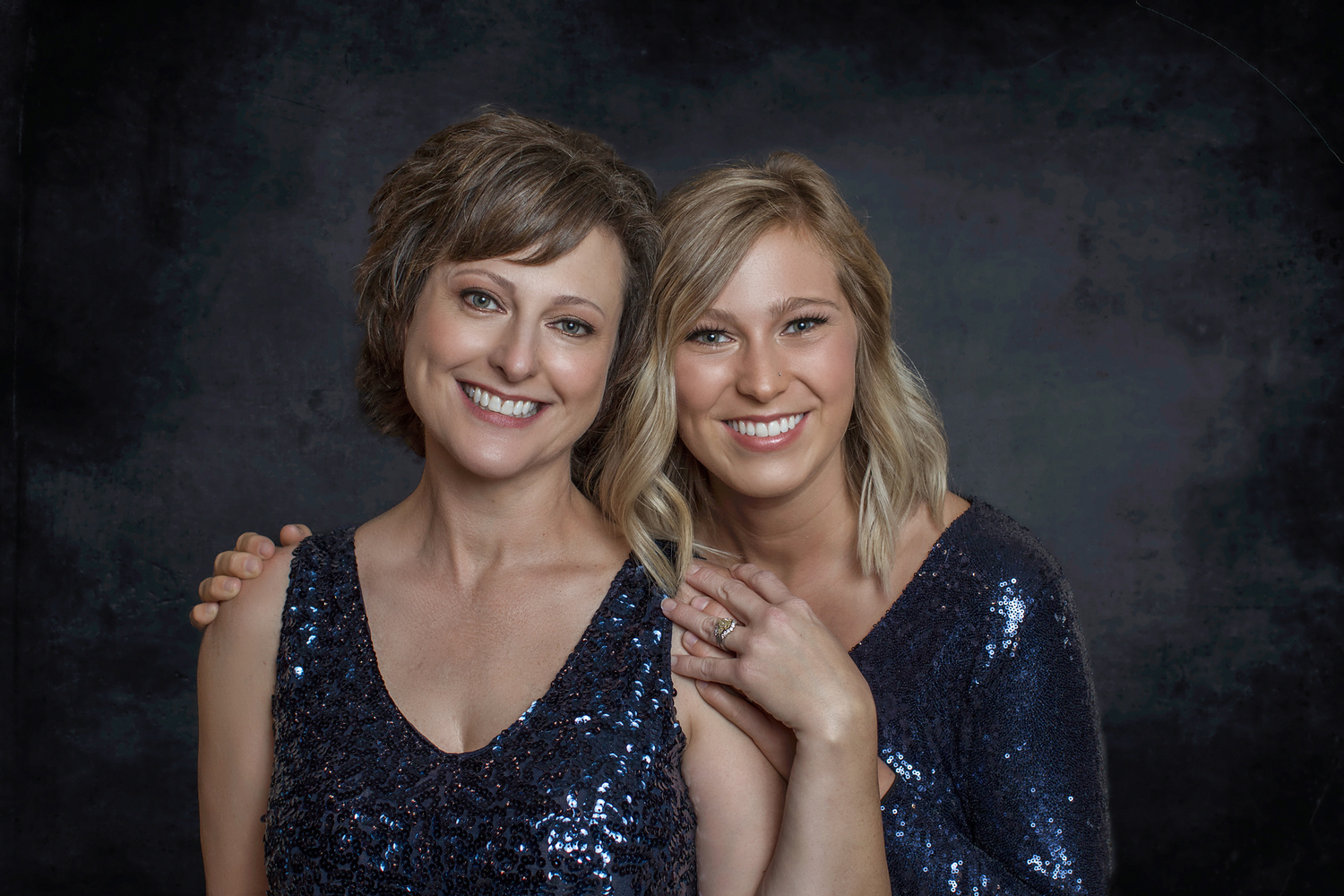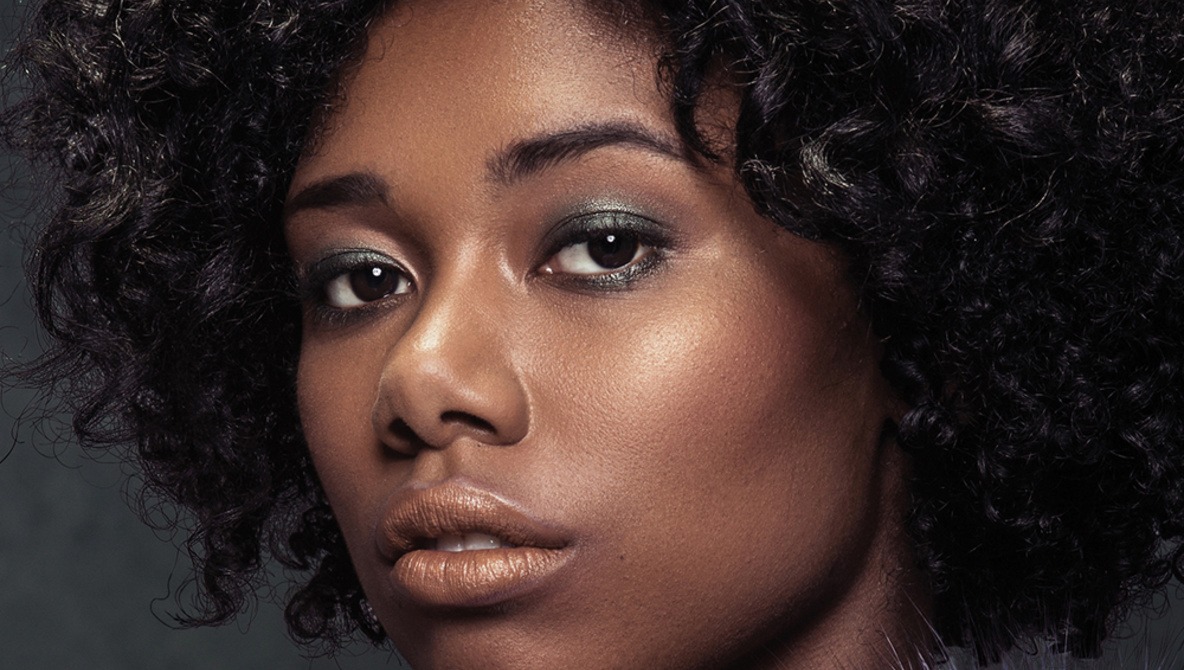Hiring a professional makeup artist for your studio can be a daunting task, but one that can be rewarding when it comes to client satisfaction. In the second half of this two-part interview, we will delve a little more into what we, as photographers, should be looking for when we set out to hire a makeup artist for our own studios.
Texas native Kim Wood has been a makeup artist for print and film for over a decade. Her work has aired on Food Network, Lifetime Television, and ABC’s "20/20" and has been printed in magazines near to and far from her home in Amarillo, TX. She had a lot of interesting points to share on the subject of hiring an artist to work with.
Sizing Up Your Potential Makeup Artist
So, what should you look for when meeting with a potential makeup artist for the first time? In a word, cleanliness. “Sanitation is paramount and a huge liability,” says Wood. She advises that you should ask to take a look at the potential artist’s kit and check for tidiness. Old makeup film caked onto the inside of the kit, as well as brushes and applicators that need a good cleaning are all signs that you should look elsewhere.

Makeup by Kim Wood, Amarillo, TX
It may seem obvious, but you should always ask to see a makeup artist’s previous work. Wood says that you want to be able to see a broad portfolio of the work an artist has done and avoid someone who only has images of the makeup they’ve done on themselves, because although they may be very good at applying makeup to their own faces regularly, they need to have experience with people who have different features, skin tones, and skin age.
More Than a YouTube Education
Wood says that in the YouTube age, it is important to know that a potential artist is properly educated. Ask them about color theory and light. Failure to be familiar with these major components of makeup theory will be a big red flag.
Depending on the type of photography you do, you’ll want an artist versatile enough to do a full-on glamorous smokey-eye one day and a light, dewy, youthful look the next. Find out what training they’ve had and which industry players they follow. Finding out who their makeup heroes are will give you a glimpse into what makeup style they favor.
Time Is of the Essence
Time is normally a hot commodity with clients, so you definitely want to make sure your makeup artist is able to complete a great job in a reasonable amount of time. Many clients don’t have hours to spend in hair and makeup. Wood says you should consider this when testing out a new artist, because you’ll need this information when planning out your shooting timeline. “It shouldn’t take more than 45-60 minutes, tops,” Wood says of a basic makeup application. If you are doing something more involved, like a full glamour or fantasy shoot, expect more time and plan accordingly by asking the artist you’ve hired how much time they will need.

Makeup by Kim Wood, Amarillo, TX
Keeping Communication Lines Open
Finally, Wood says that it’s important to hear how they discuss expectations with a client. “I believe good communication is just as important as artistic talent,” says Wood. Be sure that your potential artist knows how to get the client talking and also knows how to follow through with fulfilling those client requests. A good artist will be able to continually discuss and tweak a look to a client’s satisfaction throughout the entire application session. They will also be open to suggestions and happy to make any changes the client requests. The last thing you want as a photographer is a client who is unhappy with their makeup, because if they are unhappy with the look they see in the mirror, chances are they will be unhappy with it in photographs as well.
Once you’ve narrowed down your choices, you’ll want to be sure to get an idea of their regular availability. Many makeup artists keep their weekends booked with either wedding and event work or regular work at makeup retailers, so it’s important to know what days they are likely to be able to work with you, and it’s equally as important to secure more than one artist in the event that your schedules don’t line up.
The Necessities to Get the Job Done Right
So, what should your chosen makeup artist be packing when they show up to do work? Wood stresses again the importance of a clean makeup kit, including disposable applicators for things such as mascara and lip products. Wood also recommends that each artist should carry hand sanitizer, a stainless steel palette and palette knife, and 70 percent alcohol in an atomizer for cleaning. She says that an artist should never, ever double-dip into any cream or liquid. “Do not compromise on sanitation,” Wood warns.

Makeup Artist Kim Wood at work on a senior portrait client.
As far as things you, as a photographer, should keep on hand in studio, Wood says that a good artist will already have all the essentials, but should you desire to keep a few things available, she recommends building a simple kit with things like light and dark foundations and concealers in both warm and cool tones that can be blended to formulate any color, as well as lipsticks in basic shades of red, fuchsia, brown and coral. Neutral eyeshadows can pull double duty as brow filler as well as sculpting the face, and blushes in coral and berry work on a wide variety of skin tones.
Wood recommends a customizable beauty kit from a reputable manufacturer like Limelife by Alcone, whose makeup is designed for use on-camera. “This kit should be put away and used under strict supervision to avoid cross contamination,” says Wood. To this end, she recommends disposable brushes and wax paper sheets as palettes to distribute product for clients to sample from.
Finally, what are the biggest pitfalls to avoid when hiring and using a professional makeup artist for your studio? Wood says the aforementioned time management and preparation are the two biggest ones that she sees. “This usually just comes down to taking time to really communicate expectations from both client and photographer and including any hair artists, makeup artists, and stylists in the loop,” says Wood.
You can see more of Kim Wood’s makeup artistry by following her on Instagram, Facebook, and her webpage.







You forgot a really important one, and many times a big issue.
‘Taste level’, a lot of makeup artists get stuck doing the same makeup for years because they control it, and they are used to creating that face.
But industry changes, fast, and what was hot last summer might be not done this year, and most photographers have no idea.
Here is where the makeup artist should be informed and step up.
For photographers in fashion and beauty: does the mua do nails as well? Can be very important
true all that ... in fact, a photographer has to be aware of changing fashions in all aspects of model or similar photography and image making in the first place, which includes photography styles too!
liked the cleanliness bit about the pro makeup artist's bag or box or kit or whatever it is they're carrying ... but wait, isn't "cleanliness" what we should check out in our own bags as photographers and preferably in everybody's gear as long as they are our colleagues and assistants in the studio or even outside? ;-)